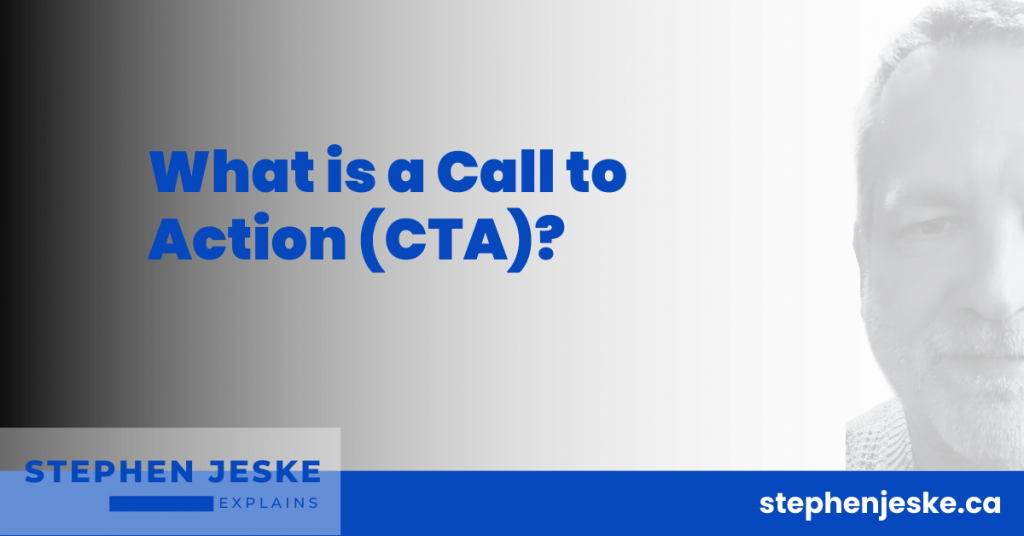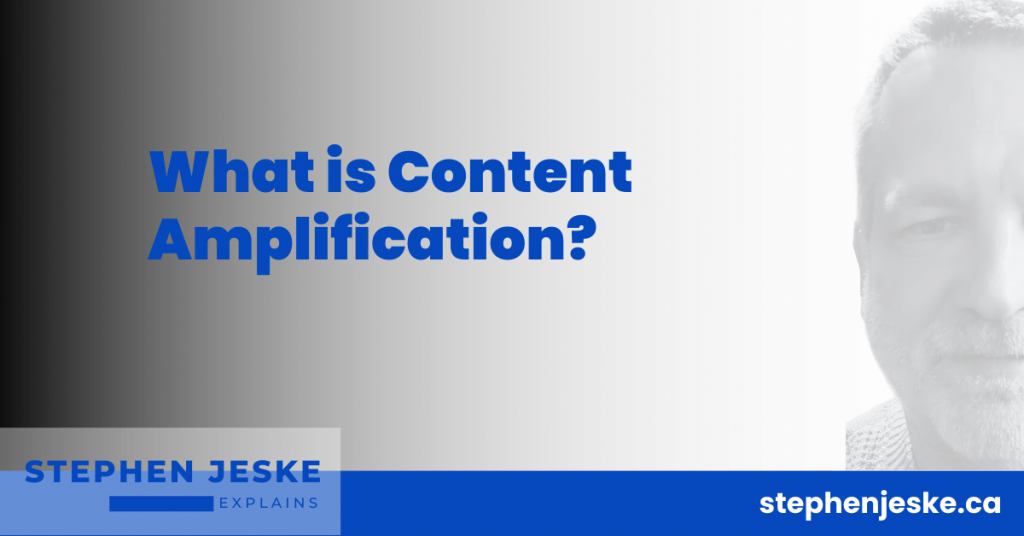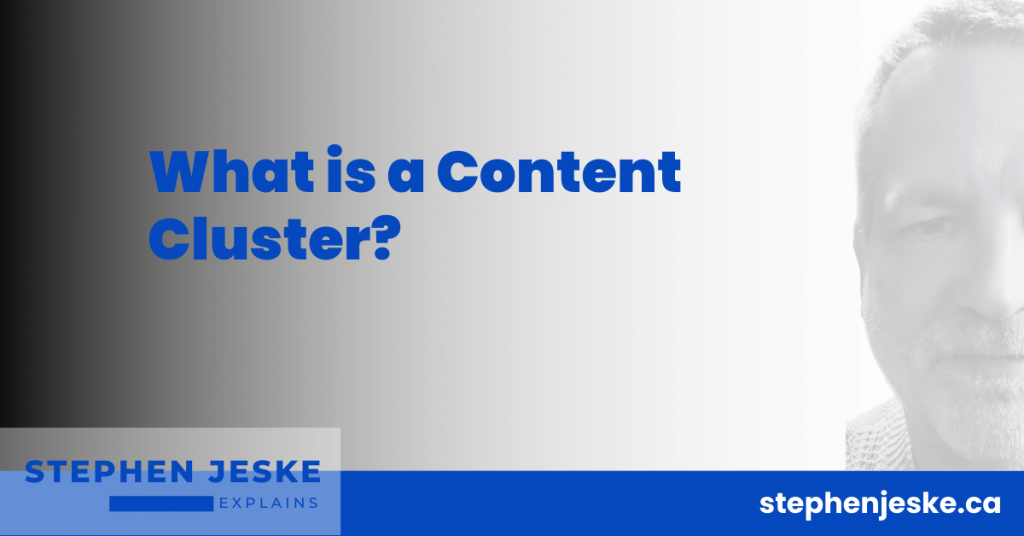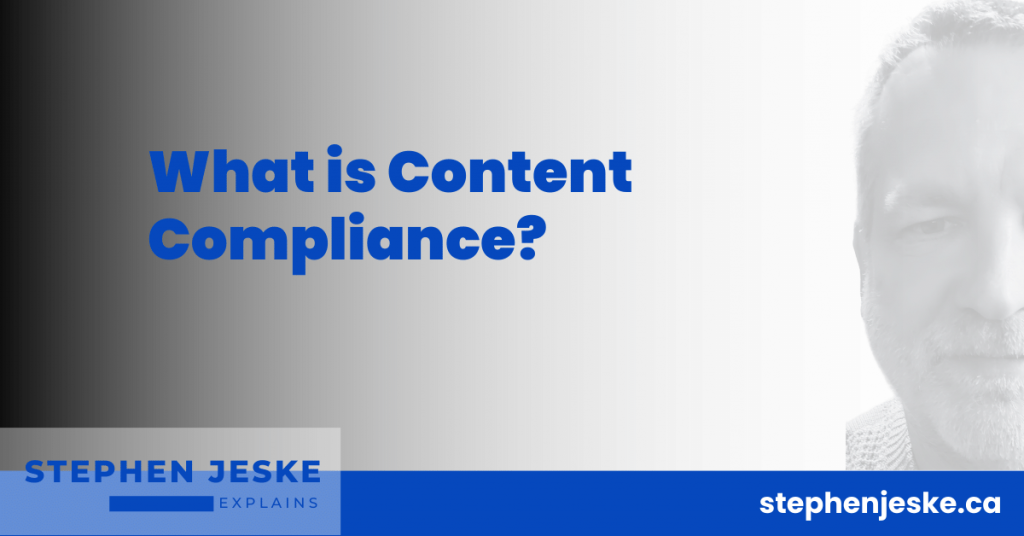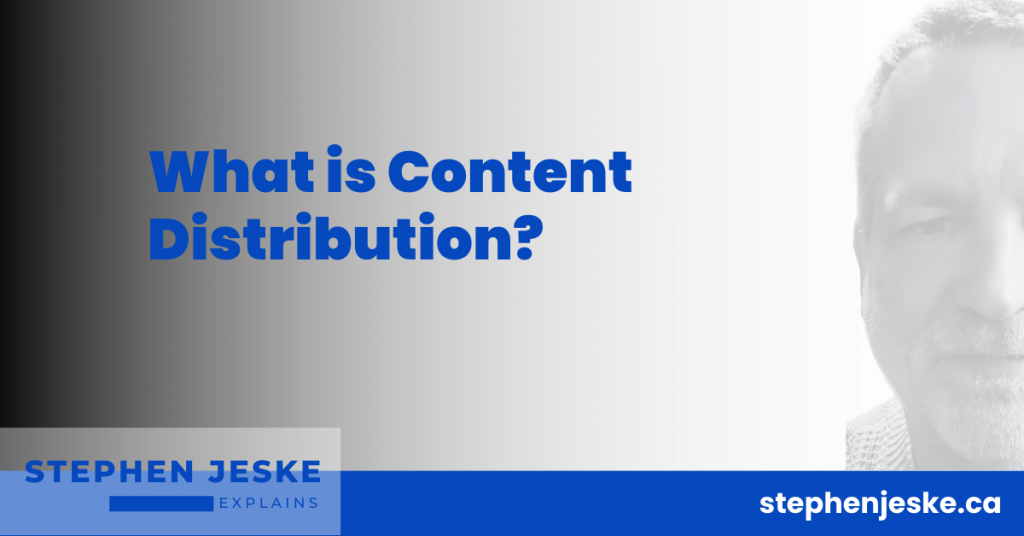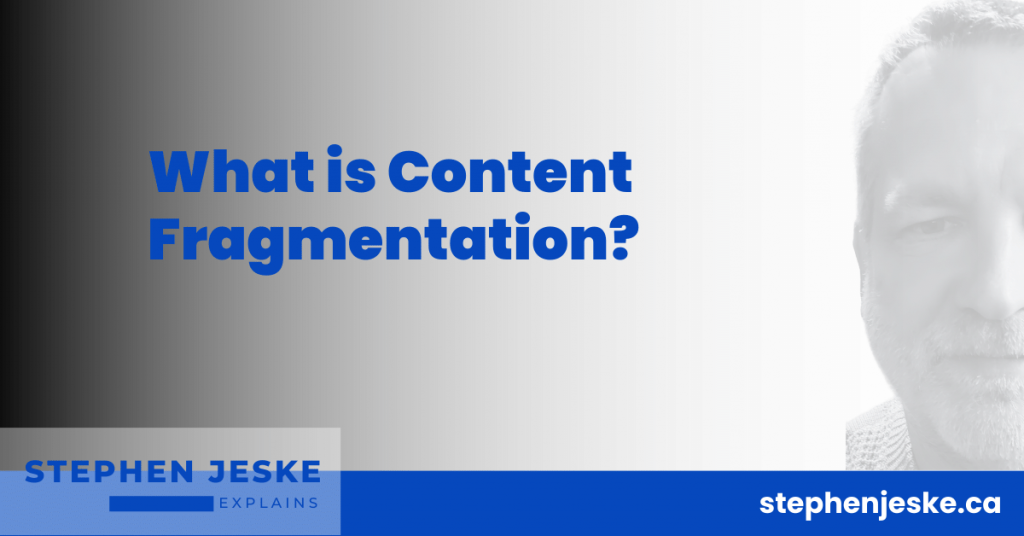Whether you’re a seasoned content strategist seeking to deepen your knowledge or a newcomer looking to familiarize yourself with the discipline, this glossary serves as a valuable tool to navigate the ever-evolving landscape of content strategy. With concise definitions and explanations, this glossary will enhance your understanding of content strategy, fostering effective communication and collaboration.
A/B Testing
A/B testing is a method of testing two or more versions of content to determine which one performs better in terms of engagement or conversions. It provides data to make better decisions about how to engage customers online and deliver content to the target audience.
Alt Text
Alt text is descriptive text used in HTML code to describe the content of an image for search engines and accessibility purposes. It helps search engines and visually impaired users understand what an image is.
Backlink
A backlink is a link from another website to your site, which can positively influence your site’s search engine rankings, especially if it comes from an authoritative source.
Bounce Rate
Bounce rate is the percentage of visitors who navigate away from a webpage after viewing only one page. This measurement can indicate content relevancy and user engagement.
Brand SERP
Brand SERP is the comprehensive display of a brand’s online presence and reputation across various digital channels. It’s represented in the search engine results, showcasing a holistic view of its online identity.
Buyer Persona
A buyer persona is a semi-fictional representation of your ideal customer. It provides a deeper understanding of the motivations, needs, and wants of a target audience.
Call to Action
A call to action (CTA) is a prompt that encourages visitors to take a specific action, such as signing up for a newsletter or requesting a demo.
Canonical URL
A canonical URL is a tag used to specify the preferred version of a webpage when there are multiple URLs that point to similar or duplicate content.
Click-Depth Analysis
Click-depth analysis is an assessment of how many clicks it takes for users to reach the desired content, which can highlight navigation or usability issues.
Click-Through Rate
Click-through rate is the percentage of people who clicked on a link or ad in comparison to the total number of people who saw it.
Competitive Content Analysis
Competitive content analysis is the process of evaluating the content strategies and assets of competitors to identify strengths, weaknesses, and opportunities for differentiation.
Content
Content is any form of digital or physical media that conveys information. It can take the form of text, images, audio, and video.
Content Accessibility
Content accessibility is ensuring that content is accessible to all users, including those with disabilities, by following web accessibility standards.
Content Amplification
Content amplification is the strategies and tactics used to increase the reach and visibility of content, such as social sharing, influencer outreach, and paid promotion.
Content Attribution
Content attribution is the determination of which pieces of content or touchpoints in the customer journey contributed to a conversion or sale.
Content Audit
A content audit is an assessment of existing content to identify gaps, opportunities, and areas for improvement.
Content Calendar
A content calendar is a schedule that details when and what content will be published, helping to maintain a consistent posting strategy.
Content Cluster
A content cluster is a group of interlinked articles or pieces of content that revolve around a central topic or theme, working together to provide comprehensive coverage and improve search engine visibility.
Content Collaboration
Content collaboration is the process of creating content with other people, typically in teams or groups.
Content Compliance
Content compliance is adhering to legal and industry-specific regulations and standards when creating and sharing content.
Content Curation
Content curation is the practice of finding, selecting, and sharing relevant third-party content with your audience to provide added value.
Content Development
Content development is the process of creating and refining content, including writing, design, multimedia production, and editing.
Content Distribution
Content distribution is the strategies and channels used to promote and share content with the intended audience, including social media, email, and paid advertising.
Content Engagement
Content engagement is measuring how users interact with content, including metrics like page views, time on page, and social shares.
Content Engagement Metrics
Content engagement metrics are metrics like time on-page, scroll depth, and click-through rates that indicate how well content is engaging users.
Content Fragmentation
Content fragmentation is the risk of content becoming fragmented across various platforms and channels, making it difficult to manage and control.






